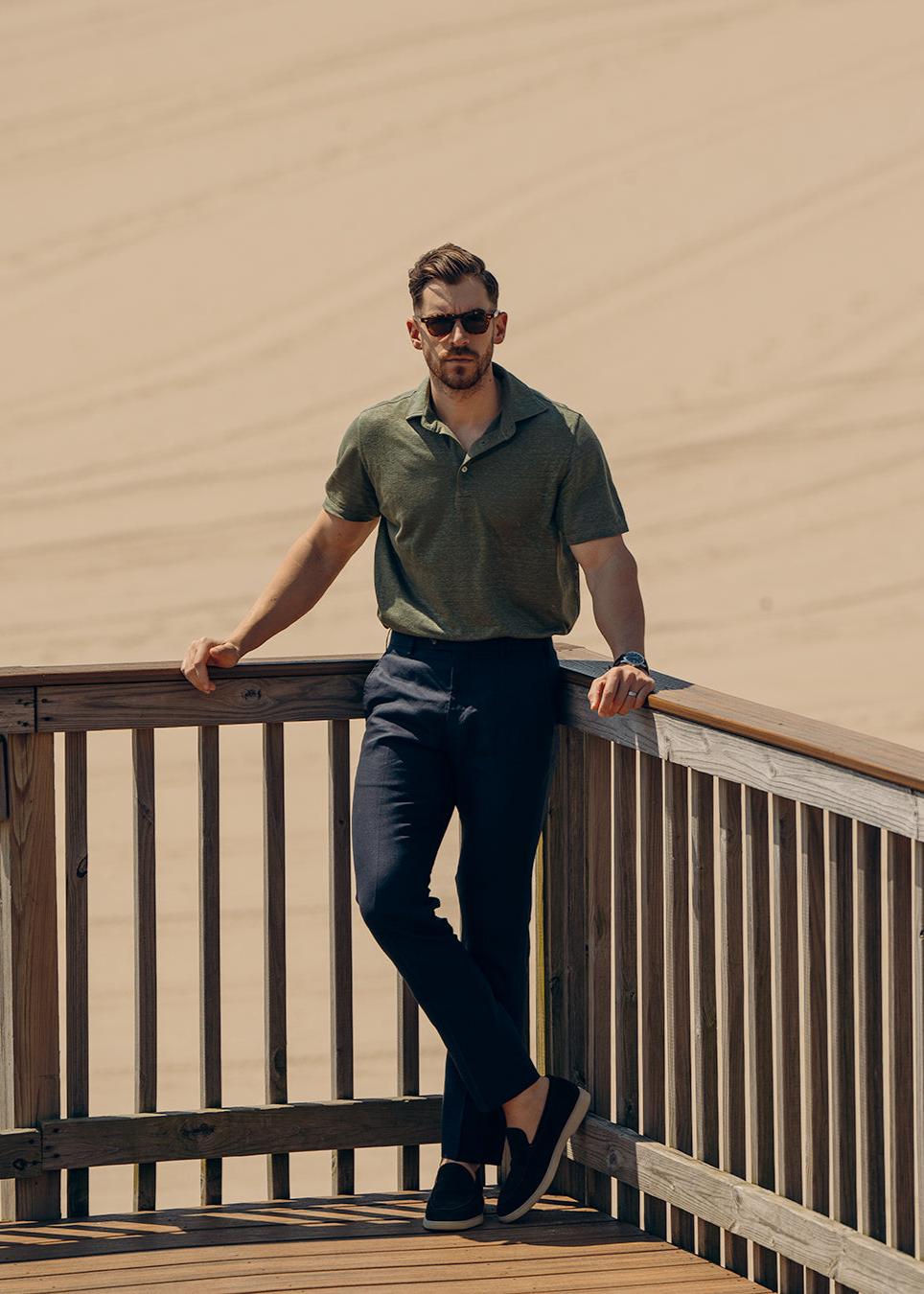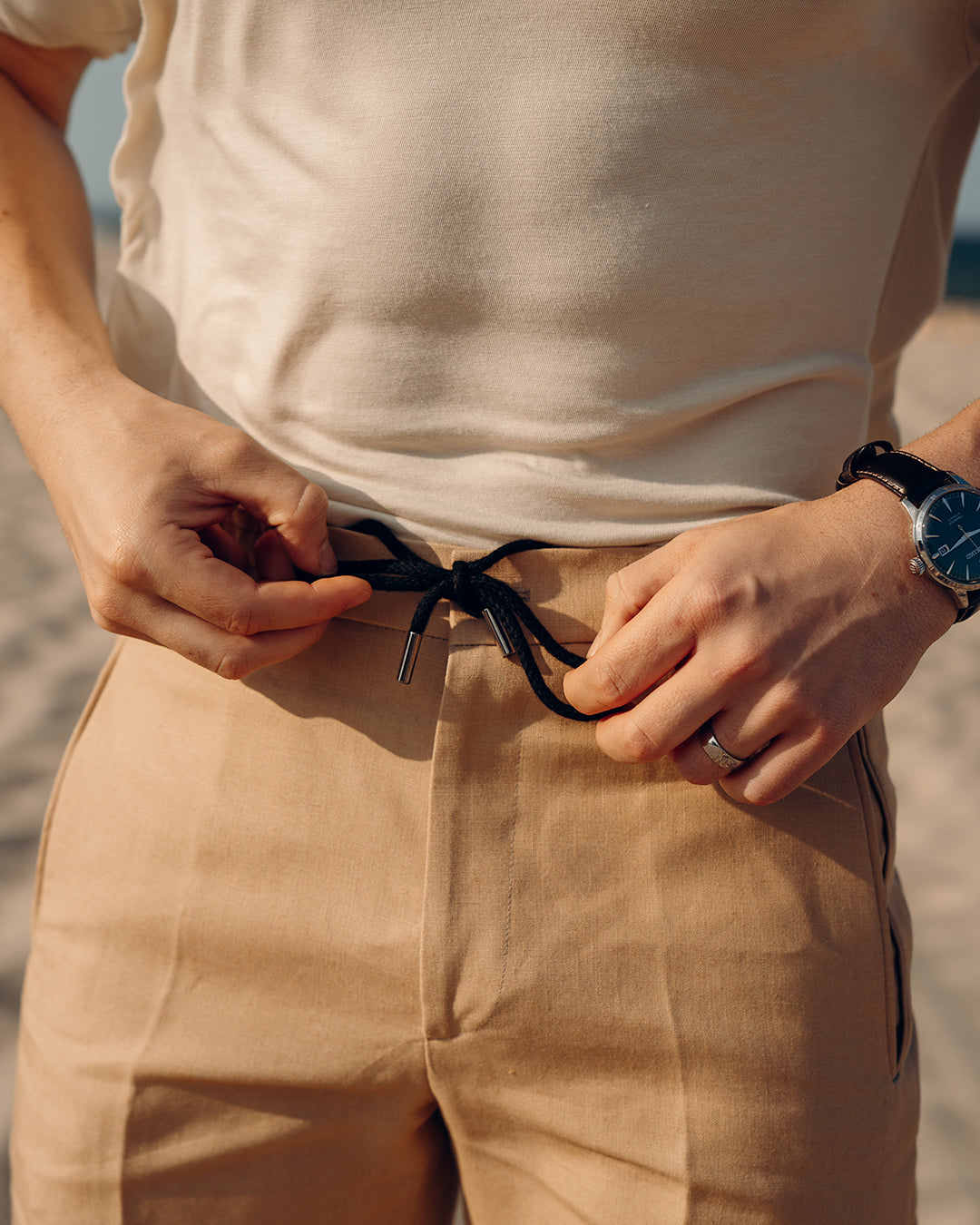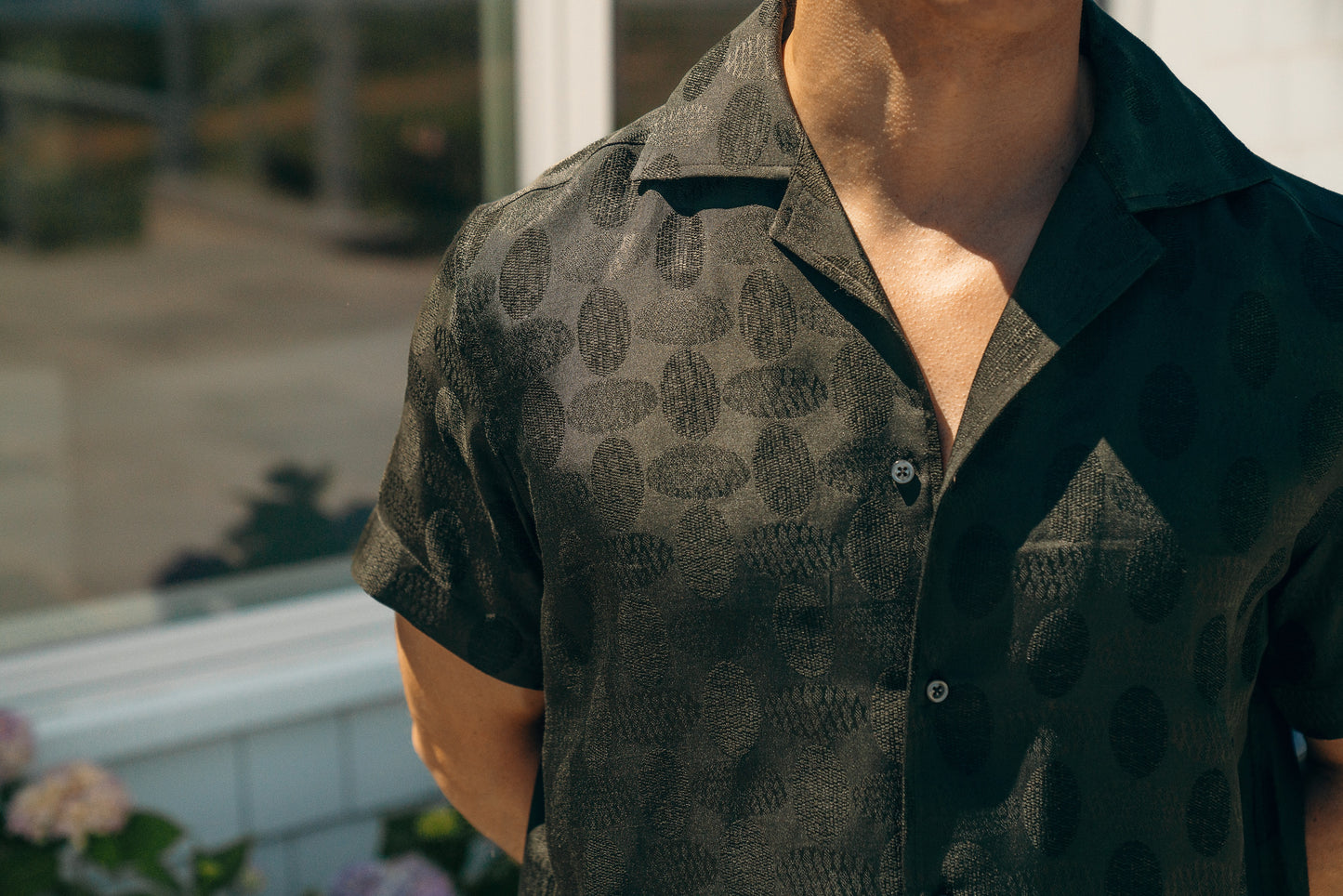
On October 25, 1854, a Russian army attacked the port city of Balaclava on the Black Sea, in
hopes of lifting the siege of the nearby Russian port of Sevastopol, which had been under attack
by a combined British, French and Turkish force for over a month. This battle was part of the
Crimean War, and while fascinating in its own right (especially with the recent tension in the
region), it’s also a way to attempt to date two fashion innovations.
The British forces were commanded by Field Marshal FitzRoy Somerset, the 1st
Raglan, an accomplished British soldier and an all around badass. While Somerset is popularly
known for ordering the fateful Charge of the Light Brigade during the battle, he also has an
important role in fashion history. As a lieutenant colonel fighting under Duke Wellington
in 1812 at the Battle of Waterloo he was badly wounded and his right arm was amputated.
Awesomely, after the surgery, ignoring his pain, he demanded the severed limb back, as he
wanted to remove a ring that had been a gift from his wife from his right hand.
After the British victory, Somerset returned to England and served in Parliament, and
was eventually raised to peerage as the Baron of Raglan, overseeing Raglan County in
Monmouthshire, Wales. Like any good royal, Somerset wore only custom tailored clothing, and
his missing limb posed a painful challenge to his tailors. In traditionally constructed clothing,
sleeves are attached at the shoulder, requiring a joining seam that rests on the shoulder joint.
For Somerset, the placement of this seam was painful and rubbed on his old wound. His tailor’s
solution was to use an alternative type of construction, where the sleeve extends, in one piece,
over the shoulder to join at the collar, and is attached under the armpit instead of at the shoulder
joint. In Somerset’s honor, this is method of construction is known as the “raglan sleeve,” and
today is used in sports jersey and athletic clothing.
The Battle of Balaclava is also famous for the invention of the modern balaclava helmet,
better known as the skimask. While similar garments had long been produced, this was the
first time the design entered the modern fashion lexicon. During the Crimean War, supply
failures prevented necessary winter clothing from reaching the British soldiers, and in response
a campaign was organized to hand knit woolen masks to protect soldiers’ faces. These masks
became known as balaclavas, and still are in use today.



